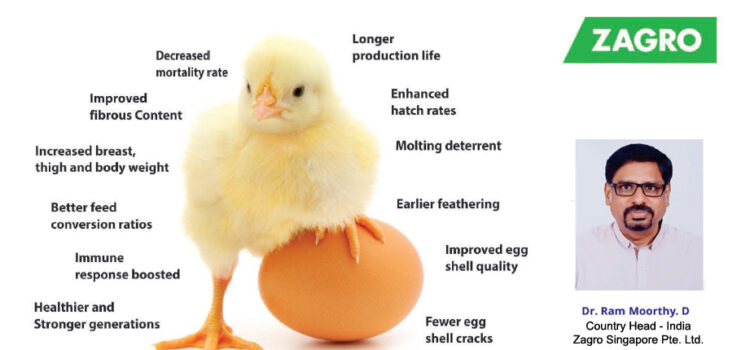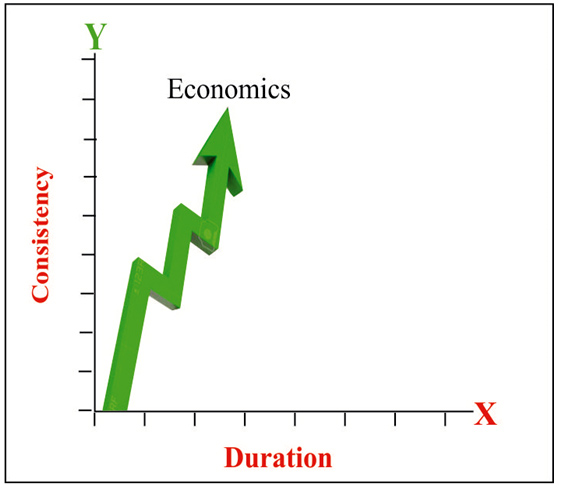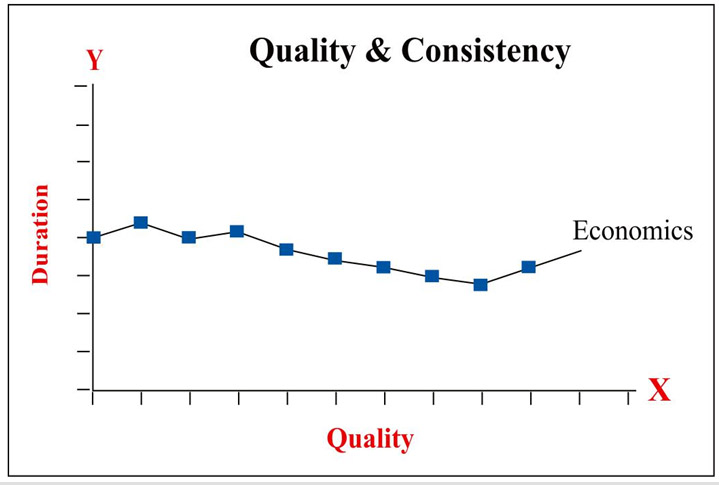Synopsis: Heart attacks are the results of failure of the heart muscles’ function due to poor blood circulation to the heart muscles. This happens due to the one or more blocks in the coronary artery function which supplies blood to the heart muscles to function. These heart muscles are the involuntary muscles performing’ a vital function to help the heart pumping blood to the whole body on non-stop performance of 24×7.

CEO, Geenat
E: rammoorthyd@gmail.com
W: www.geenat.co.in
Phone: +91 93446 42382
CARDIAC ARREST in Chicken (Sudden Death Syndrome – SDS)
When two or more heart attacks occur within a short duration it becomes a ‘Cardiac Arrest’ an acute syndrome in which the heart suddenly stops functioning and the bird collapses immediately. In a nutshell heart attack gives second chance for survival; however cardiac arrest leaves no chance. Cardiac arrest (Acute Syndrome) can happen in a healthy bird without prior attacks too.
Such acute incidents (Cardiac Arrest) in Poultry are called ‘Sudden Death Syndrome’ in which a healthy bird dies without any clinical signs or symptoms and/or without any infection.
Postmortem examination of the major organs and the body parts of the chicken will be quite normal. Cardiac arrest or Sudden Death Syndromes are common in broiler birds in comparison to commercial layer birds due to high fat% in their feed.
Chicken Heart
The chicken heart has quite similar anatomy and function as that of mammals including humans with two atria and two ventricles (four chambers) and pumping the oxygenated blood to the whole body and involving in the gaseous exchange.
Factors ‘involved in the Heart Attack and Cardiac Arrest in Chicken
- Biological stress – Today’s chicken has the evolution of genetic goals
- Environmental Temperature – Peak weather conditions especially summer.
Yo-Yo Chicken of 2024. – Evolution of Genetics with Production goals
Today’s Yo-Yo chickens are genetically evolved to have less feed and deliver more commercial results than yesteryears relaxed birds.
The current days genetically evolved chickens with high production goals in order to deliver the quick results, have ‘inbuilt stress’ within the birds which is inevitable but to sustain.
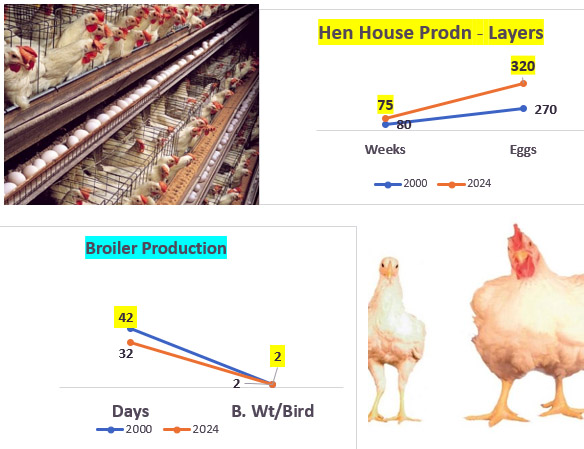
Biological Stress
The Biological Stress secrets cortisol the stress hormone which leads to many complications in the birds including triggered adrenaline gland leads to heart attack and/or cardiac arrest, sudden death.
Biological stress leads to produce the stress hormone – CORTISOL
Cortisol the stress hormone lowers the body function including low feed intake.
Cortisol Triggers Adrenaline Gland in chicken
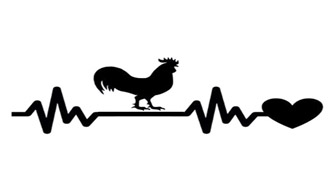
Cortisol the stress Hormone triggers Adrenaline Gland to secrete Adrenaline. Adrenaline lowers many body functions, importantly lowers metabolism & increases the body heat, thus increases the heart beats which results in heart attacks and or CARDIAC ARREST (SDS).
Production Goals Produces Bio-Stress & Cortisol Triggers Hypothalamus
Cortisol – The stress hormone, triggers hypothalamus which regulates the birds’ body temperature. Triggered hypothalamus imbalances Chicken’s body temperature and body temperature shoots up resulting in panting and heart attack and/or cardiac arrest – Sudden death syndrome.
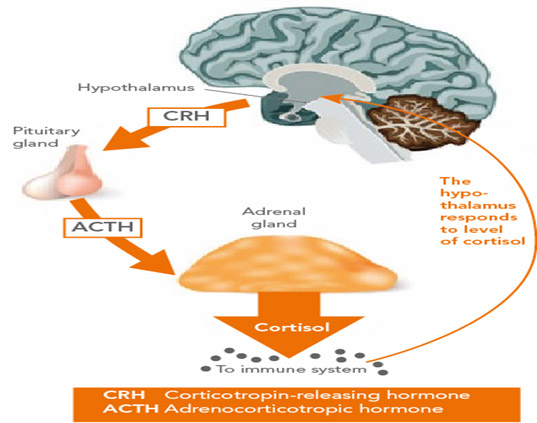
During extreme weather conditions, chicken’s blood pH becomes acidic as chicken lacks sweat glands like mammals to reduce the body temperature. It means the blood level Co2 will be higher than Oxygen. Thus, Acidic blood increases the adrenaline level leads to increased heart beats – heart attack & cardiac arrest.
How to control/minimise the Stress and Heart Attacks
It’s quite challenging to minimise the stress levels in today’s poultry however it’s very much possible.
The stress levels in chicken will be high during summer and winter season as the most of the poultry farms are in open environmental system exposed to extreme heat/cold.
EC shed poultry farms are very rare in Asia and Middle East region as the not announced or unplanned ‘power cuts’ is very common and maintaining the farm’s electricity with diesel generator will be additional cost.
Solar Panel based poultry farms will be futuristic with today’s aggressive solar energy promotion.
Poultry farmers’ can continue their regular practices to reduce or increase the farm temperature externally as per their regular consultants’ advice.
Poultry Feed Formulation
A bit Less Crude Protein levels balanced with Amino Acids is the key factor.
Potassium & Crude Fat% – The important factors to avoid heart attacks or SDH in chicken.
Potassium levels are important for bird’s healthy heart. The given statistics can give the handful information for the potassium level and Fat% to be maintained in the Poultry feed formulation to prevent SDS especially in Broiler Chicken.

Though fat% is not an issue in commercial layers, it’s wise to include Choline Chloride in the old flocks that are above 50 weeks. Early morning feeding is important to maintain the birds’ energy level for the rest of the day.
Vitamin E, Biotin and B3 Niacin can be top dressed to reduce the Heart Attacks in Chicken

Inclusion of Antioxidants
Synthetic antioxidants can help to prevent heart attacks or SDS in Chicken.
Like BHA – Butylated hydroxy anisole, BHT – Butylated hydroxytoluene, Propyl gallate (PG) and TBHQ – Tert-butyl hydroquinone etc. Though the synthetic antioxidants effect is fast and accurate we need to limit their usage due to certain side effects arise due to their long-term usage.
Plant based Antioxidants – Dry Amla extract can be used @ 500 g/MT or as per the consultants’ advice.
Antioxidants can be used as per suppliers’ dosage claim.
Oral Supplements (Electrolytes) through drinking water
We need to maintain the Electrolytes Balance either through drinking water or through feed.
Supplementing electrolytes is essential during Summer & Winter.
Vitamins & Trace Mineral Premixes through feed can be increased by 20 to 30% to the regular dosage
Diluted Butter Milk can be given through drinking water during Summer
Clean & diluted ‘butter milk’ can be given through drinking water @ 20 ml/100 birds
The diluted butter milk should be clean and fresh, without fat molecules. Please note that the diluted butter milk is easy to execute at deep litter farms; to execute in Pipe line system, it should be filtered thoroughly to avoid ‘nipple chocking’ or else can choose the electrolytes with B complex through feed.
Summary:
To the increasing human population and updated life style everyone needs healthy food. Poultry industry is one of the promising industries to feed food challenges that humans are exposed today.
As the demand multi-folds, biotech solutions and evolving genetical goals of the chicken to produce more in less space is must and urgent.
Poultry Industry can assure a healthy food option through chicken meat and eggs with the consistency in taste and top- quality hygiene at 24 x 7.
Hence, every bird saved is every bird produced.
Previous Article by author: Prevention Of CRD & C-CRD – Essential In Poultry


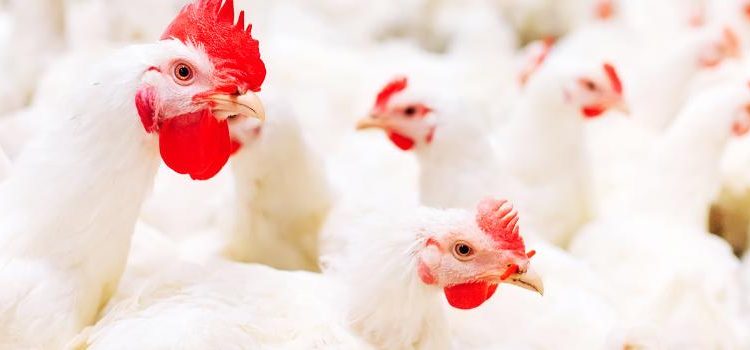
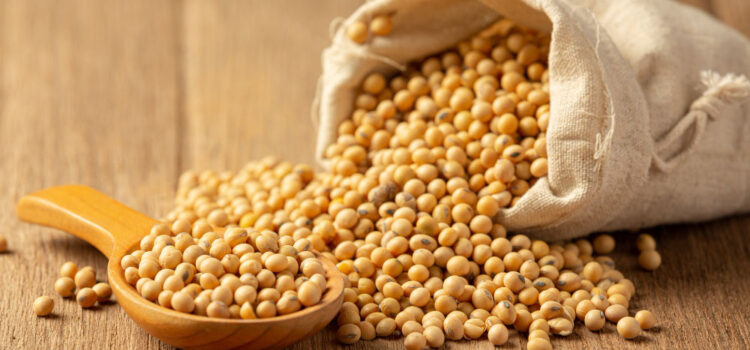
 We have discussed in this article in detail the “pros & cons” of the “soya alternatives” and their “limitations of usage” in the feed formulation to get the maximum outputs.
We have discussed in this article in detail the “pros & cons” of the “soya alternatives” and their “limitations of usage” in the feed formulation to get the maximum outputs.

